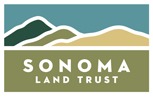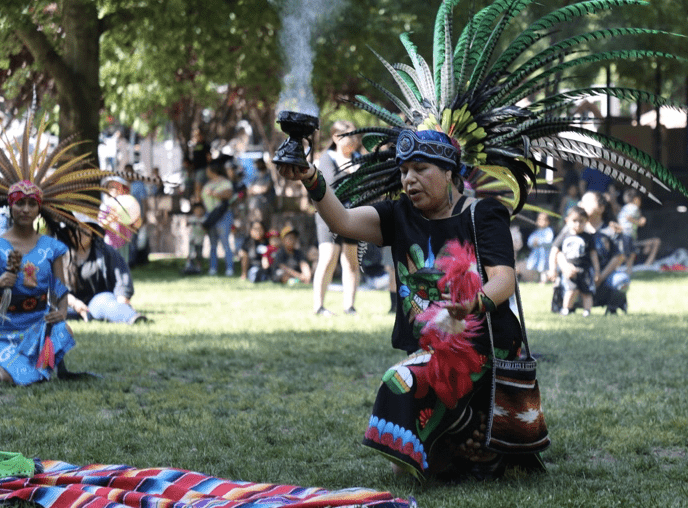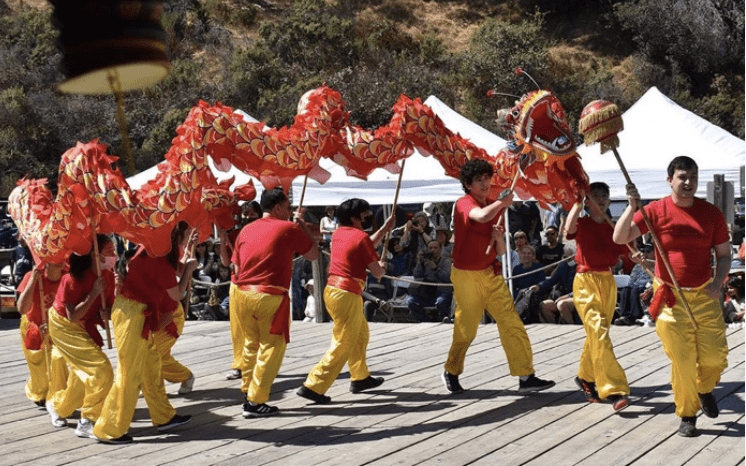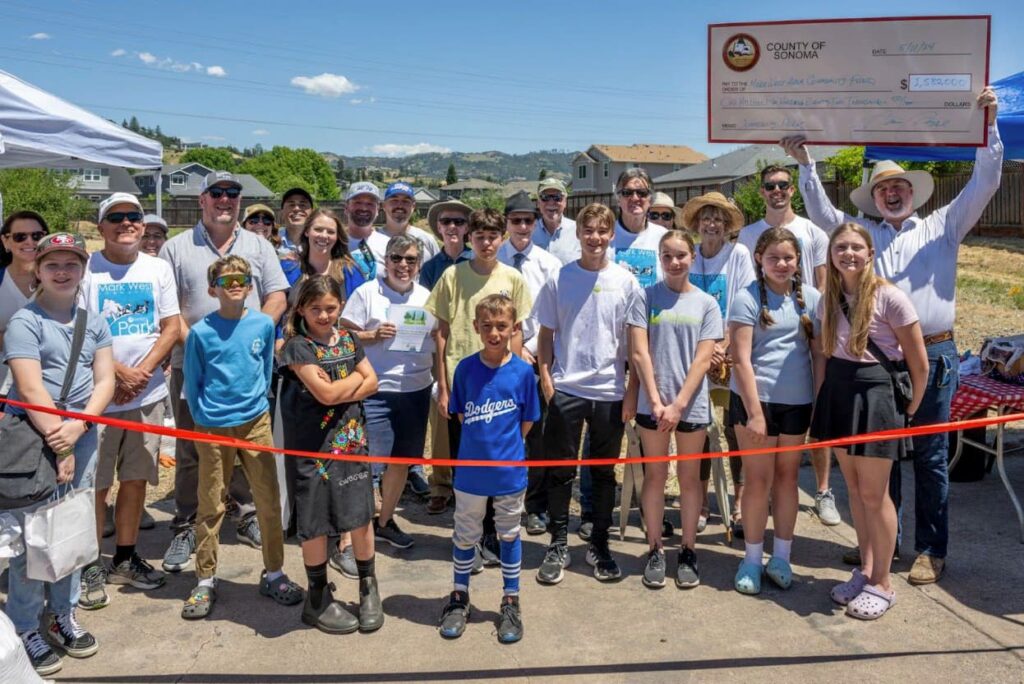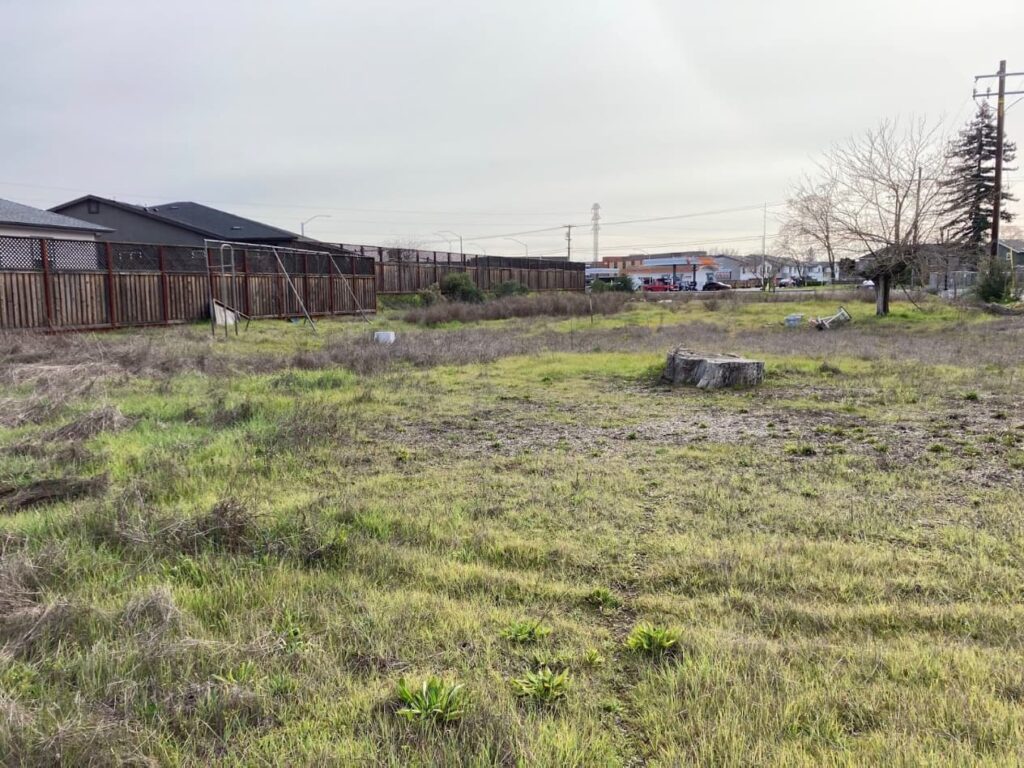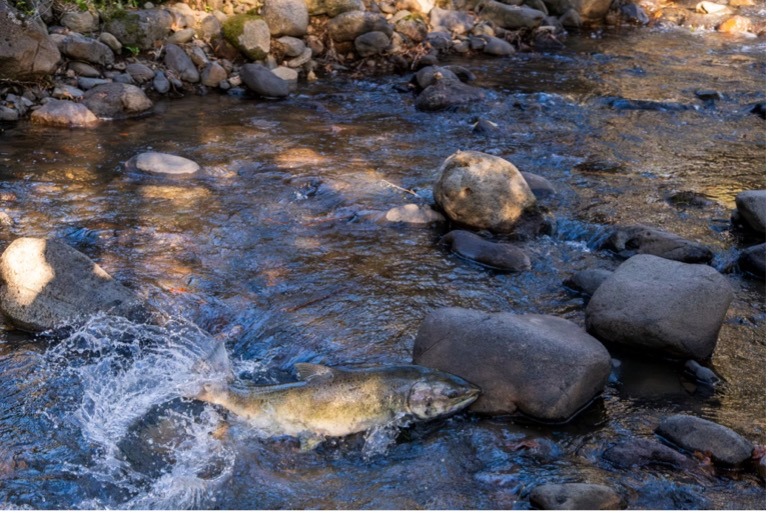Save the Redwoods League and partners conserve 1,500+ Acres of Redwood Forest to Expand Regional Park Near Russian River in Sonoma County
Sonoma County Ag + Open Space District Holds Conservation Easement and Recreation Covenant for Further Forest Protection and Recreation
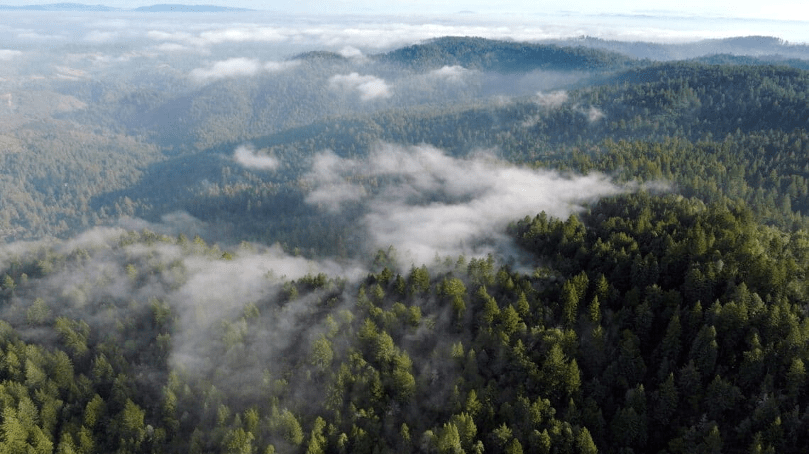
SAN FRANCISCO, Calif. (June 24, 2025) — In a historic move for land conservation and public recreation in Sonoma County, local and regional partners have collaborated to acquire the 1,517-acre Monte Rio Redwoods Expansion property. Led by Save the Redwoods League, the project has now culminated in the purchase and transfer of the property to Sonoma County Regional Parks to expand Monte Rio Redwoods Regional Park and Open Space Preserve (see map below). Sonoma County Agricultural and Open Space District (Ag + Open Space) has secured a conservation easement and recreational covenant to guide the long-term stewardship and eventual public access to the newly acquired site. The California Wildlife Conservation Board and Sonoma Land Trust also acted as key fundraising partners on the acquisition.
“The League’s purchase and immediate transfer of the Monte Rio Redwoods Expansion to Sonoma County Regional Parks marks a significant moment for redwood forest conservation,” said Steve Mietz, president and CEO of Save the Redwoods League. “This gorgeous property connects a network of protected lands, safeguarding critical wildlife corridors, salmon-bearing streams and fast-growing young redwood forests. We’re proud to have worked with our partners at Sonoma County Regional Parks and the Ag + Open Space District to achieve this milestone. The League is especially grateful to our non-profit conservation partner Sonoma Land Trust for its partnership in raising funds the needed to conserve these lands.”
Less than two hours north of San Francisco, the Monte Rio Redwoods Expansion shares 75% of its border—about 4.7 miles—with Monte Rio Redwoods Regional Park and Open Space Preserve to the east and Sonoma Coast State Park to the west. The property links a conserved area of more than 22,000 contiguous acres (more than 34 square miles) of forest, wildlife corridors and watershed, from the Bohemian Highway to the Sonoma Coast and north to Jenner Headlands.
“We are thrilled to receive the Monte Rio Redwoods Expansion as the newest part of our growing regional park system, and are fully committed to its long-term stewardship,” said Bert Whitaker, director of Sonoma County Regional Parks. “We are grateful to Save the Redwoods League and Sonoma County Ag + Open Space for their vision and partnership in ensuring this land is conserved, and soon to be accessible to the public for generations to come as part of Monte Rio Redwoods Regional Park and Open Space Preserve.”
“The Monte Rio Redwoods Expansion represents the very heart of what we work to conserve — landscapes that promote biodiversity, support climate resilience and connect people to nature,” said Misti Arias, general manager for Ag + Open Space. “Through the conservation easement and recreational covenant, we’re ensuring that this remarkable forest will be available for all to enjoy in balance with its environmental values. We’re in awe of the collaboration and partnerships that made this deal possible.”
Save the Redwoods League acquired the multi-parcel Monte Rio Redwoods Expansion property for $24 million from Mendocino Redwood Company, LLC (MRC). The League then immediately transferred the property to Sonoma County Regional Parks. Numerous partners and supporters came together to make this deal possible, and funding was provided by the California Wildlife Conservation Board, Ag + Open Space, the Gordon and Betty Moore Foundation, Sonoma Land Trust, the Federated Indians of Graton Rancheria, an anonymous West Sonoma County family and generous donors to Save the Redwoods League.
“Protecting Monte Rio Redwoods means more people will be able to connect with nature while also conserving a climate-resilient forest with incredible habitat and watershed value,” said Jennifer Norris, executive director of the Wildlife Conservation Board (WCB). “As a proud funding partner, WCB is thrilled to support projects like this that help build a healthier, more accessible California — and that move us closer to reaching the state’s 30×30 goals.”
“This property connects to over 10,000 acres of open space we’ve worked hard to protect — and we’re not done,” said Eamon O’Byrne, executive director of Sonoma Land Trust. “We’re pursuing new conservation opportunities in the mountains and along the coast to restore salmon streams, expand habitat connectivity, promote biodiversity, and ensure clean water throughout the Russian River system. Working closely with our partners, we are fulfilling our commitment to increase recreation and open space opportunities for communities that are especially vulnerable to climate change.”
“The Monte Rio Redwoods Expansion is a phenomenal win not only for the West County, but for all of Sonoma County,” said Chair of the Sonoma County Board of Supervisors Lynda Hopkins, whose 5th District encompasses Monte Rio. “This land is breathtakingly beautiful — and it’s a vital part of our region’s ecological health, climate resilience and cultural heritage. I’m grateful to Sonoma County Regional Parks, Save the Redwoods League, Ag + Open Space and Sonoma Land Trust for their collaboration in securing this crucial forestland.”
About the Monte Rio Redwoods Expansion
The 1,517-acre Monte Rio Redwoods Expansion property contains approximately 1,287 acres of coast redwood forest that has been in timber production for over 150 years. There are a few old-growth trees across the property, including one 14-foot-wide ancient tree with a tunnel through its base.
The property’s coast redwoods are mixed with Douglas-fir, tanoak and California bay trees. The forest at the Monte Rio Redwoods Expansion is a high conservation priority for its wildlife habitat and stream headwaters, the future opportunity for public access and the forest’s ability to sequester carbon, a key component of climate change mitigation. Redwood forests store carbon in their rot-resistant wood for centuries, and research has confirmed that young redwoods grow quickly, storing substantial amounts of carbon in a relatively short period. For all these benefits, conserving Monte Rio Redwoods aligns with California‘s 30×30 goals to conserve 30% of the state‘s lands and coastal waters by 2030.
The property has 3.7 miles of streams, including the headwaters of Dutch Bill, Freezeout and Willow creeks—tributaries of the Russian River and spawning streams for federally listed coho salmon and steelhead trout.
Regional History
The Monte Rio Redwoods Expansion is within the traditional lands of the Kashia Band of Pomo Indians and the Southern Pomo group of the Federated Indians of Graton Rancheria.
As with most of the redwood forest that historically grew along the Russian River corridor, old-growth trees of this property were logged in the mid-19th century. The redwoods today are mostly the next generation. The Monte Rio Redwoods Expansion has been a conservation priority for the critical link it would provide to connect more than 34 square miles of conserved lands that regional partners have worked for decades to protect.
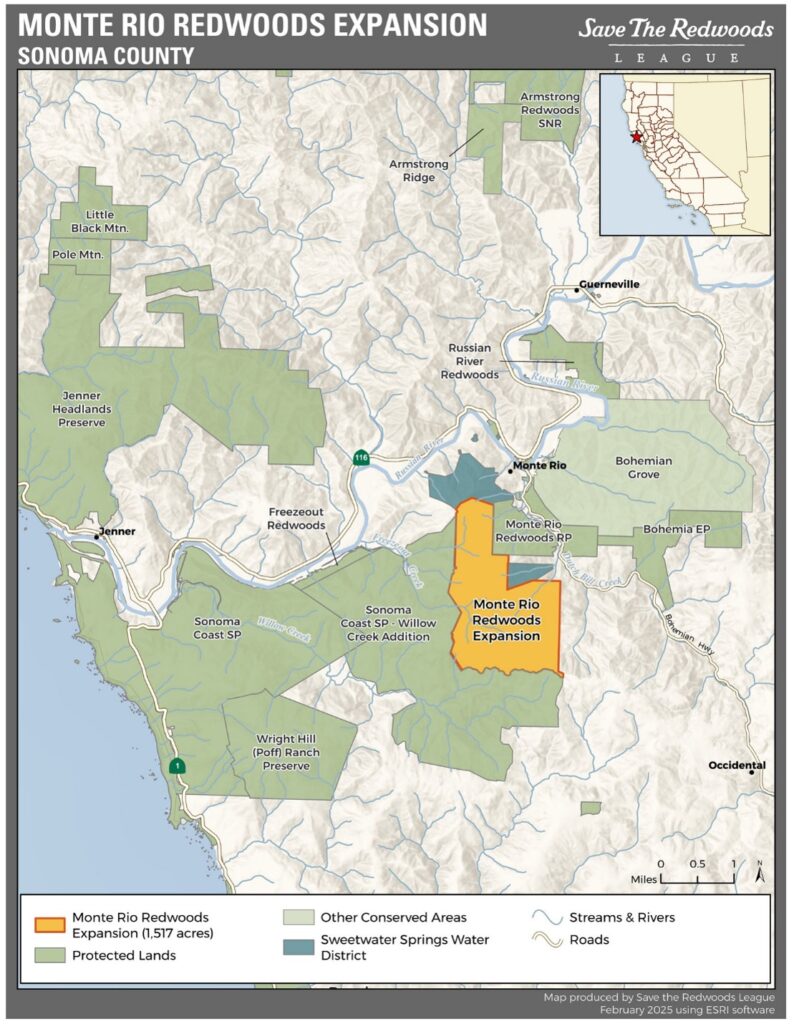
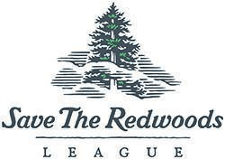
Save the Redwoods League
One of the nation’s longest-running conservation organizations, Save the Redwoods League has been protecting and restoring redwood forests since 1918. The League has connected generations of visitors with the beauty and serenity of the redwood forests. Our supporters have enabled the League to protect more than 220,000 acres of irreplaceable forests in 66 state, national, and local parks and reserves. For information, visit SaveTheRedwoods.org.
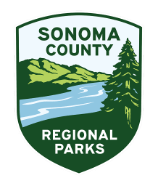
Sonoma County Regional Parks
Sonoma County Regional Parks provides essential opportunities for people to connect with nature. We contribute to the vibrancy and well-being of our community by expanding access to recreation experiences, serving as responsible stewards of cultural and natural resources and ensuring that our parks are clean, safe and welcoming. Learn more at SonomaCountyParks.org.
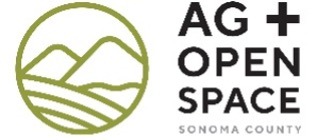
Sonoma County Ag + Open Space
Sonoma County Ag + Open Space permanently protects the diverse agricultural, natural resource and scenic open space lands of Sonoma County for future generations. The agency is responsible for the conservation and perpetual stewardship of over 125,000 acres of land throughout our region. These agricultural and open space lands are protected through a quarter-cent sales tax approved by voters in 1990 and reauthorized in 2006. For more information, please visit SonomaOpenSpace.org.
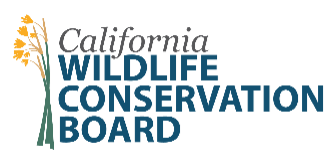
California Wildlife Conservation Board
The Wildlife Conservation Board protects, restores and enhances California’s spectacular natural resources for wildlife and for the public’s use and enjoyment in partnership with conservation groups, government agencies and the people of California. Originally created within the California Department of Natural Resources and later placed with the California Department of Fish and Wildlife, WCB is a separate and independent Board with authority and funding to carry out an acquisition and development program for wildlife conservation. More information at WCB.CA.gov.
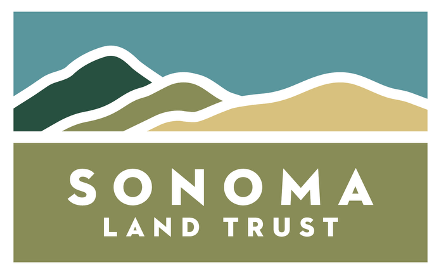
Sonoma Land Trust
Since 1976, Sonoma Land Trust has protected over 61,000 acres of scenic, natural, agricultural, and open land to ensure clean air and water, support thriving wildlife habitats, and strengthen climate resilience for future generations. We meet the highest national standards for excellence in land conservation, and are accredited by the Land Trust Accreditation Commission, the independent organization that oversees the financial, ethical, and operational practices of land trusts across the country. Learn more at SonomaLandTrust.org.
